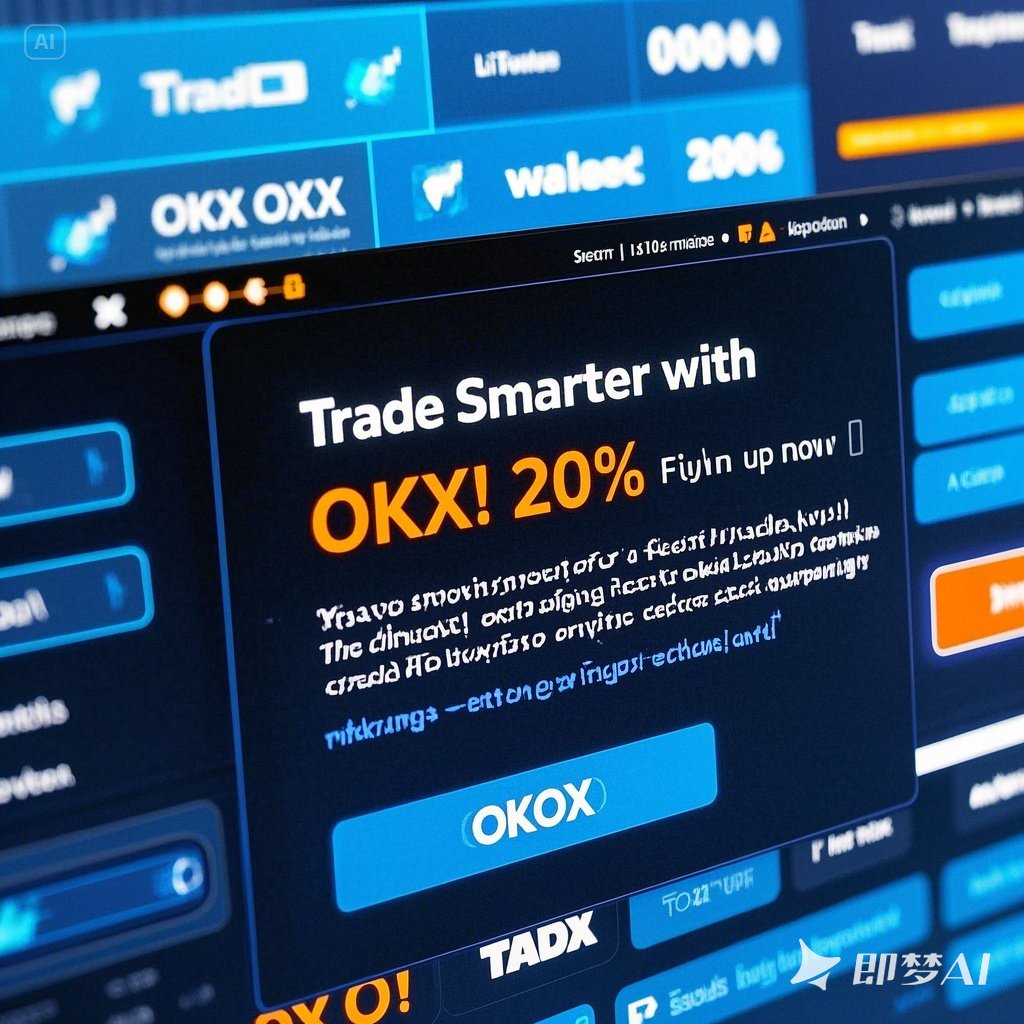DAX Index Today: How US Jobs Report, Trade Talks, and ECB Policy Will Impact German Stocks
DAX Index Overview
DAX Index Overview
The DAX Index, short for Deutscher Aktienindex (German Stock Index), is one of the most prominent stock market indices in Europe. It serves as a benchmark for the performance of the 30 largest and most liquid German companies listed on the Frankfurt Stock Exchange. These companies represent some of the largest corporations in Germany, including sectors such as automotive, technology, finance, and manufacturing.
Key Features of the DAX Index
Composition: The DAX is composed of 30 major German companies that are selected based on their market capitalization, trading volume, and liquidity. This ensures that the index reflects the strength of Germany’s economy and its leading industries. Weighting Methodology: Unlike some other indices, the DAX uses a free-float adjusted market capitalization weighting system. This means that the weight of each company in the index is determined by its total market value, excluding restricted shares held by insiders or strategic investors. Rebalancing: The composition of the DAX is reviewed annually, and changes may occur to reflect shifts in market conditions or corporate activities such as mergers, acquisitions, or initial public offerings (IPOs).
Significance of the DAX
The DAX is not just an indicator of the performance of its constituent companies; it also serves as a barometer for the overall health of the German economy and the broader European market. As Germany is the largest economy in Europe, the DAX often provides insights into global economic trends and investor sentiment.
Trading and Market Impact
The DAX is widely traded through exchange-traded funds (ETFs) and futures contracts, making it accessible to both retail and institutional investors. Its high liquidity and visibility make it a popular choice for those looking to gain exposure to the German market. Traders closely monitor the DAX for short-term movements, while long-term investors use it as part of their diversified portfolios.
Historical Performance
Over the years, the DAX has demonstrated significant volatility, reflecting broader geopolitical and economic events. From its inception in 1987, the index has seen periods of rapid growth, especially during phases of technological advancement and globalization. Conversely, it has also experienced sharp declines during financial crises, such as the global recession of 2008 and more recently, the economic disruptions caused by the COVID-19 pandemic.
Conclusion
In summary, the DAX Index stands as a critical measure of Germany’s economic vitality and global market trends. Its unique composition, transparent methodology, and widespread adoption make it an essential tool for investors seeking to understand and participate in the dynamics of one of Europe’s most influential economies. Whether you’re a seasoned trader or a newcomer to the world of finance, keeping an eye on the DAX can provide valuable insights into the ever-evolving landscape of global markets.
US Jobs Data Impact on Markets
US Jobs Data Impact on Markets <
Corporate Earnings Reports Related to DAX Components
The DAX (Deutscher Aktienindex) is Germany’s leading stock market index, representing the performance of the 30 largest and most liquid companies listed on the Frankfurt Stock Exchange. These companies span various sectors, including automotive, finance, technology, and manufacturing. As such, their quarterly earnings reports serve as key indicators of the broader economic health of Germany and the European Union.
Why Are Corporate Earnings Reports Important?
Earnings reports provide investors with critical insights into a company’s financial performance over a specific period. They include details about revenue, net income, earnings per share (EPS), and forward guidance. For DAX components, these reports can influence not only individual stock prices but also the overall trajectory of the DAX index itself. Positive earnings surprises often lead to increased investor confidence, while disappointing results may result in sell-offs and downward pressure on share prices.
Key Companies and Their Reports
Several prominent DAX constituents regularly publish earnings reports that attract significant attention from traders and analysts:
BASF SE: As one of the world’s largest chemical companies, BASF’s earnings reports reflect trends in global industrial activity and consumer demand for chemical products. BMW AG: Known for its luxury vehicles, BMW’s reports often correlate with shifts in consumer preferences and global car sales. Allianz SE: The insurance giant’s earnings highlight the health of the global financial services sector and broader macroeconomic conditions. Siemens AG: A leader in engineering and electronics, Siemens’ reports shed light on technological advancements and infrastructure investments.
These companies, along with others like Adidas, Deutsche Bank, and Volkswagen, collectively shape the DAX index. Investors closely monitor their earnings releases to gauge potential impacts on portfolio strategies and market sentiment.
Impact on Market Sentiment
Earnings reports can create volatility in the markets. When a major DAX component exceeds expectations, it can boost optimism across the index. Conversely, underperformance might trigger broader concerns about corporate profitability or sector-specific challenges. For instance, a poor earnings report from an automaker could signal supply chain disruptions or declining consumer spending, which might extend beyond the automotive industry to affect related businesses.
How Traders Use This Information
Traders use earnings reports to identify entry and exit points for trades. Fundamental analysis plays a crucial role here, as traders evaluate whether a company’s current price reflects its intrinsic value based on reported metrics. Technical analysts may also incorporate earnings data into their charting strategies, adjusting support and resistance levels accordingly.
For example, if a DAX constituent beats earnings estimates by a wide margin, traders might anticipate upward momentum and consider buying calls or initiating long positions. On the other hand, a negative earnings surprise might prompt short selling or protective puts to hedge against further declines.
Conclusion
Corporate earnings reports from DAX components are essential tools for understanding both individual stock dynamics and the overall performance of the German economy. By staying informed about these releases, investors gain valuable insights into where opportunities lie and risks lurk within the DAX ecosystem. Whether you’re a seasoned trader or a beginner exploring the world of equities, keeping tabs on these reports ensures you remain attuned to the ever-evolving landscape of the financial markets.
For more information on how to interpret earnings reports effectively, consider checking out resources like Investopedia or consulting with a financial advisor.











